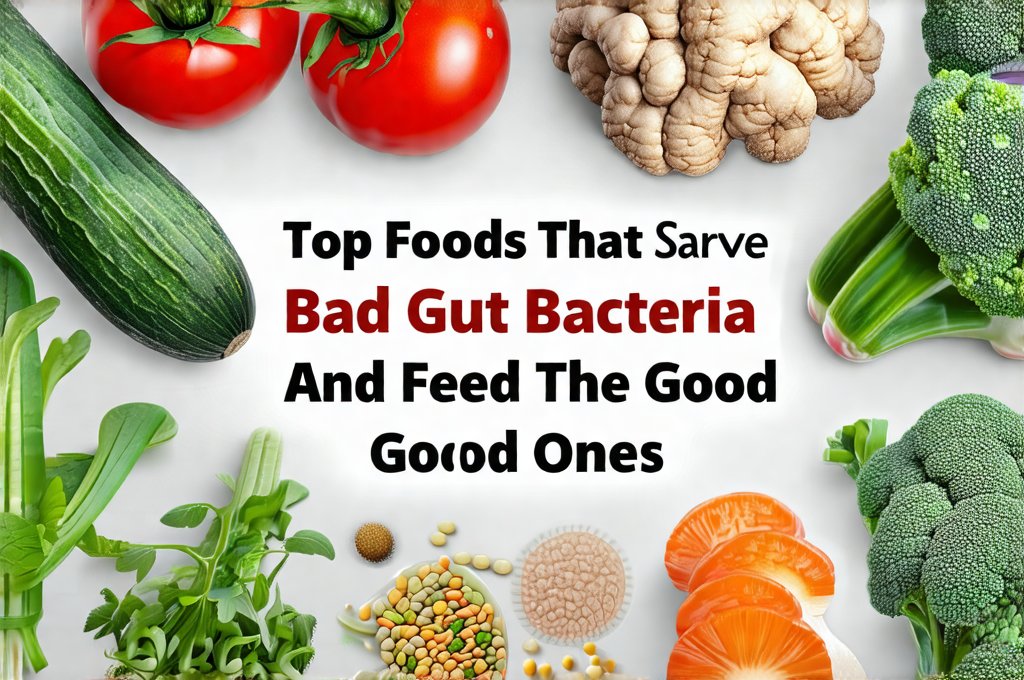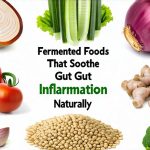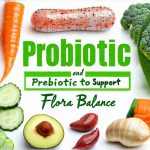The intricate world within our digestive system – often referred to as the gut microbiome – profoundly impacts not just digestion, but also immunity, mental health, and overall wellbeing. For years, we’ve understood that a balanced gut is crucial for optimal health, but recent research has increasingly highlighted how we can achieve this balance. It’s no longer simply about probiotics (though those are helpful); it’s about strategically feeding the beneficial bacteria already residing within us while simultaneously limiting the food sources of undesirable microbes. This means shifting our focus to a diet that actively cultivates a thriving gut ecosystem, one brimming with diversity and resilience.
Traditional dietary advice often centers on what to eliminate – processed foods, excessive sugar, etc. While valid, this approach can feel restrictive and negative. A more empowering strategy is to concentrate on adding specific foods known to nourish beneficial bacteria and simultaneously starve those that contribute to inflammation and imbalance. This isn’t about deprivation; it’s about making informed choices that actively support the health of our inner ecosystem. The goal is a symbiotic relationship, where we thrive alongside our gut microbes – benefiting from their contributions while providing them with what they need to flourish. You can learn more about supporting your gut through food rituals.
Prebiotic Powerhouses: Fueling the Good Guys
Prebiotics are essentially food for probiotics – the beneficial bacteria in your gut. They’re types of fiber that human bodies can’t digest, but that act as a feast for our microbial allies. Unlike probiotics which introduce live cultures, prebiotics work by encouraging the growth and activity of existing good bacteria. This leads to a more robust and diverse microbiome, improving digestive function, strengthening immunity, and even positively influencing mood. Incorporating prebiotic-rich foods is arguably one of the most impactful things we can do for gut health.
Foods like garlic, onions, leeks, asparagus, bananas (slightly green are best), oats, apples, and chicory root are all excellent sources of prebiotics. The specific type of fiber varies between these foods, offering a wider range of nourishment to different bacterial species. For example, inulin, found abundantly in chicory root and garlic, is particularly effective at promoting Bifidobacteria, known for their role in immune function. Similarly, fructooligosaccharides (FOS) in onions and leeks support a healthy gut lining. A diverse intake of these foods ensures a broader spectrum of bacterial nourishment, leading to a more resilient microbiome. If you’re looking for ways to incorporate more gut-friendly options without breaking the bank, check out budget-friendly foods.
It’s important to note that introducing prebiotics too quickly can sometimes cause temporary digestive discomfort like bloating or gas. This is because the bacteria are suddenly getting a lot of food and releasing gases as they ferment it. Gradual introduction is key – start with small amounts and slowly increase your intake, allowing your gut microbiome to adapt. Drinking plenty of water also helps mitigate these effects.
Fiber-Rich Vegetables: Beyond Prebiotics
While many associate fiber solely with regularity, the different types of fiber found in vegetables play a crucial role in shaping the microbiome. Soluble fiber, abundant in carrots and sweet potatoes, dissolves in water forming a gel-like substance that slows digestion and feeds specific bacteria. Insoluble fiber, prevalent in leafy greens and broccoli, adds bulk to stool and promotes gut motility. Both are essential for a healthy gut ecosystem.
Cruciferous vegetables – broccoli, cauliflower, kale, Brussels sprouts – deserve special mention. They contain compounds called glucosinolates which, when broken down by gut bacteria, produce indole-3-propionic acid (IPA). IPA has been linked to improved gut barrier function and reduced inflammation. Regularly consuming these veggies isn’t just about fiber intake; it’s about actively promoting the production of beneficial metabolites that support overall gut health.
Furthermore, the act of chewing vegetables thoroughly helps break down cell walls, making their nutrients more accessible to both us and our gut bacteria. This simple practice can significantly enhance the prebiotic effect and improve nutrient absorption. Consider incorporating a wide variety of colorful vegetables into your diet – each color represents different phytonutrients with unique benefits for the microbiome. Understanding how to identify foods that calm the gut can further refine your dietary choices.
Fermented Foods: A Probiotic Boost (and Prebiotic Synergy)
Fermented foods are often touted as probiotic sources, but their benefit extends beyond simply introducing live cultures. The fermentation process itself creates prebiotic compounds and changes the structure of food, making it easier for gut bacteria to digest. This synergy between probiotics and prebiotics – known as synbiotics – is incredibly powerful. Foods like sauerkraut, kimchi, yogurt (unsweetened), kefir, kombucha, and miso are all excellent examples.
However, not all fermented foods are created equal. Pasteurized fermented foods have had their live cultures killed off during processing, diminishing their probiotic benefit. Look for unpasteurized versions whenever possible. Also, be mindful of added sugar in some commercial yogurts or kombuchas – excessive sugar feeds the bad bacteria we’re trying to starve.
Introducing fermented foods gradually is also recommended, as they can sometimes cause temporary digestive upset. Start with small portions and observe how your body responds. Furthermore, homemade fermented foods are often superior to store-bought versions, allowing you complete control over ingredients and fermentation processes. Be aware of foods that relax the LES as these may counteract your efforts.
Polyphenol Power: Antioxidants for a Healthy Gut
Polyphenols are plant compounds found in abundance in fruits, vegetables, tea, coffee, dark chocolate, and spices. They aren’t easily digested by humans but serve as potent food sources for beneficial gut bacteria. Specifically, they promote the growth of Akkermansia muciniphila, a bacterium associated with improved gut barrier function, reduced inflammation, and even weight management.
Berries, particularly blueberries and raspberries, are rich in anthocyanins – a type of polyphenol known to support gut health. Green tea contains catechins which also have prebiotic effects. Dark chocolate (70% cacao or higher) provides flavanols that can positively influence the microbiome. Spices like cinnamon and turmeric contain compounds with anti-inflammatory properties that further contribute to a healthy gut environment.
The key is variety. Different polyphenols feed different bacteria, so incorporating a diverse range of plant-based foods ensures a more robust and resilient microbial ecosystem. Polyphenols also act as antioxidants, protecting the gut lining from damage caused by free radicals, contributing to overall gut health and reducing inflammation. To help support your gut naturally consider anti-inflammatory foods as a core part of your diet, and if you’re struggling with stomach irritation, explore foods that calm the stomach. Also, consider whether gums and thickeners might be contributing to your digestive issues.


















